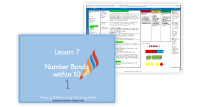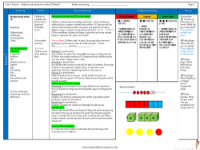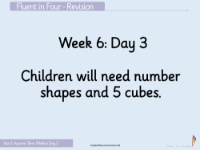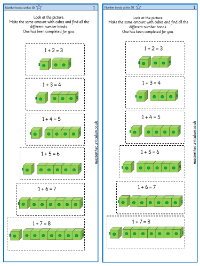Addition and subtraction within 10 - Number bonds - Presentation
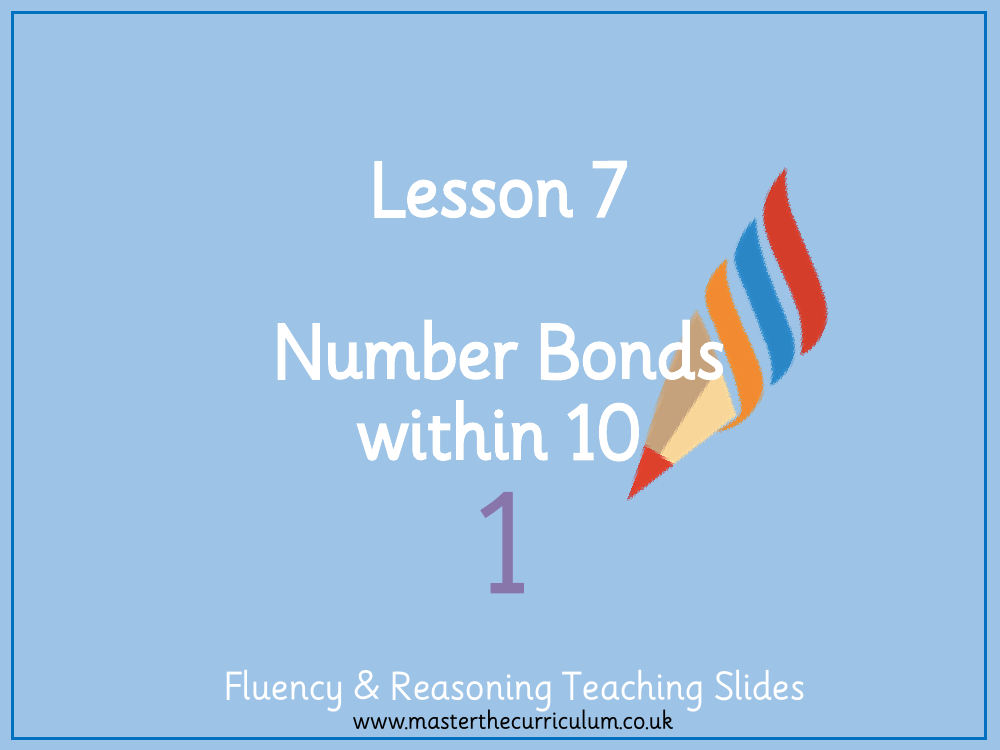
Maths Resource Description
In a comprehensive exploration of number bonds within 10, Lesson 7 introduces students to the concept of partitioning numbers into component parts. The lesson encourages students to think about what partitioning means and how it can be used to understand the composition of numbers. The initial discussion sets the stage for hands-on activities, where students are presented with a set of cubes and tasked with breaking them apart into different combinations to find all possible number bonds to a given number. For example, they might start with five cubes and determine that the number 5 can be partitioned into 3 + 2 or 4 + 1, among other combinations.
Moving forward, the lesson delves deeper into the topic by providing various activities that require students to use double-sided counters to discover all the ways to partition numbers up to 10. They are asked to record their findings in number sentences, reinforcing their understanding of addition and subtraction within this range. For instance, when given seven counters, they might find that 7 can be made up of 0 + 7, 1 + 6, 2 + 5, and so on. The lesson also includes reasoning exercises where students can apply their knowledge to solve problems, such as determining the odd one out in a set of number bonds or discussing the relationship between a number's size and the number of bonds it has. Independent work challenges students to count cubes, build towers, and find all number bonds for the given number, further solidifying their grasp of the concept.
